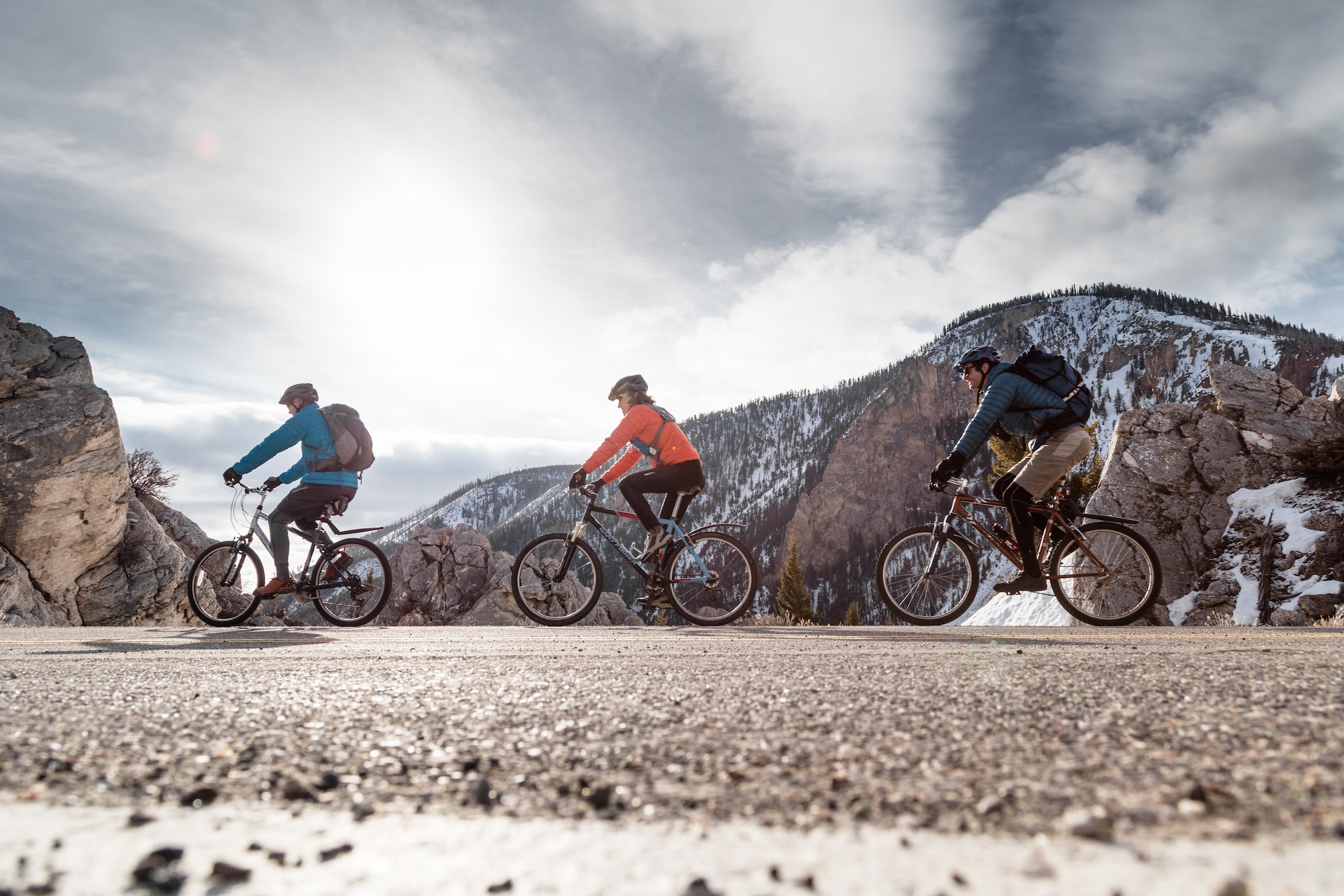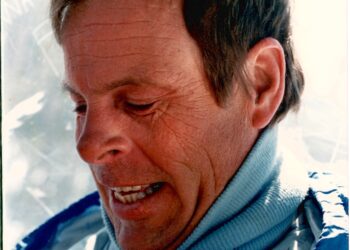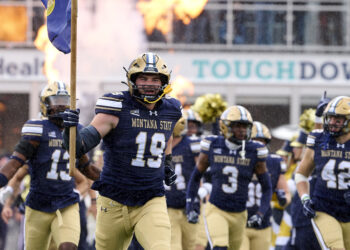By Jessianne Castle EBS ENVIRONMENTAL & OUTDOORS
BIG SKY – Last year approximately 2.5 million vehicles rolled through Yellowstone National Park, in the form of tour busses, family cars, campers and park vehicles, often bumper to bumper during peak visitation periods. But for several weeks every April, and again in the fall, many of the park’s roads close to motorized vehicles and open for bicyclists as park staff plows roads and transitions from the winter to summer season.
Yellowstone opened for the first day of spring biking on March 28. The road from the park’s West Entrance to Mammoth Hot Springs is currently open to the public for non-motorized travel. During this time, minimal traffic from park employees is still possible.
According to Yellowstone’s Public Affairs Office, additional routes from the East and South entrances, which sometimes are cleared in time for the early biking season, aren’t likely to open this year until May as crews have only just begun plowing the eastern part of the park.
Beginning on April 19, roads that are clear of snow will open to motorized use, giving cyclists a full three weeks to enjoy the park with virtually no traffic.
“It’s a really unique experience because you kind of get the whole park to yourself,” said Kelli Hart, co-owner of Freeheel and Wheel bicycle and ski shop in West Yellowstone. “There’s usually still snow on the sides of the road and it’s a great chance to see wildlife.”
Big Sky local Morgen Ayres describes biking in the park as one of her favorite things to do.
“When you are pedaling through Yellowstone, the 360-degree views, the fresh spring air and the quiet peace is unforgettable,” she said. “You can take your time and bike through all the pullouts to watch the herds of bison and elk or get a lot of miles in for a great workout.”
She added that bikers need to remain alert in case of wildlife. “I’ve never had a close encounter, but I have had to wait for bison to move along before zipping past them.”
Beginning at the park’s West Entrance, cyclists can travel 14 miles east to Madison Junction and continue north to Mammoth Hot Springs, a 48–mile ride one way. The road from the North Entrance traveling to Cooke City is open to automobiles as well as cyclists all year, weather permitting.
When venturing into the park during Montana’s sometimes fickle spring, it’s important to be prepared.
“Watch out for the weather. It changes quickly. You can start off the ride in the sun and end up finishing in the snow. Bring your layers, gloves, hat and jacket,” Ayres said. “[And] don’t forget your bear spray.”
During the spring bicycling period, services remain closed in the park interior and cyclists should bring their own food and water. The National Park Service stresses that cell phone coverage is sparse and unreliable for communicating emergencies.
For road closure updates and information about spring biking in Yellowstone, call Freeheel and Wheel at (406) 646-7744 or visit nps.gov/yell/planyourvisit/spring-fall-bicycling.htm. Updated road information is available 24 hours a day at (307) 344-2117.
A version of this article was first published in the March 31, 2017, edition of EBS.














